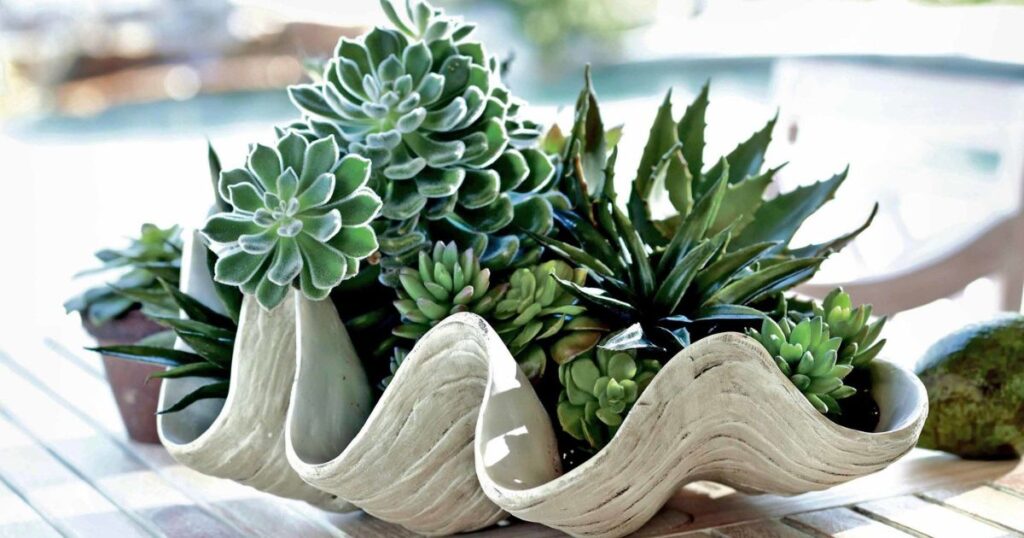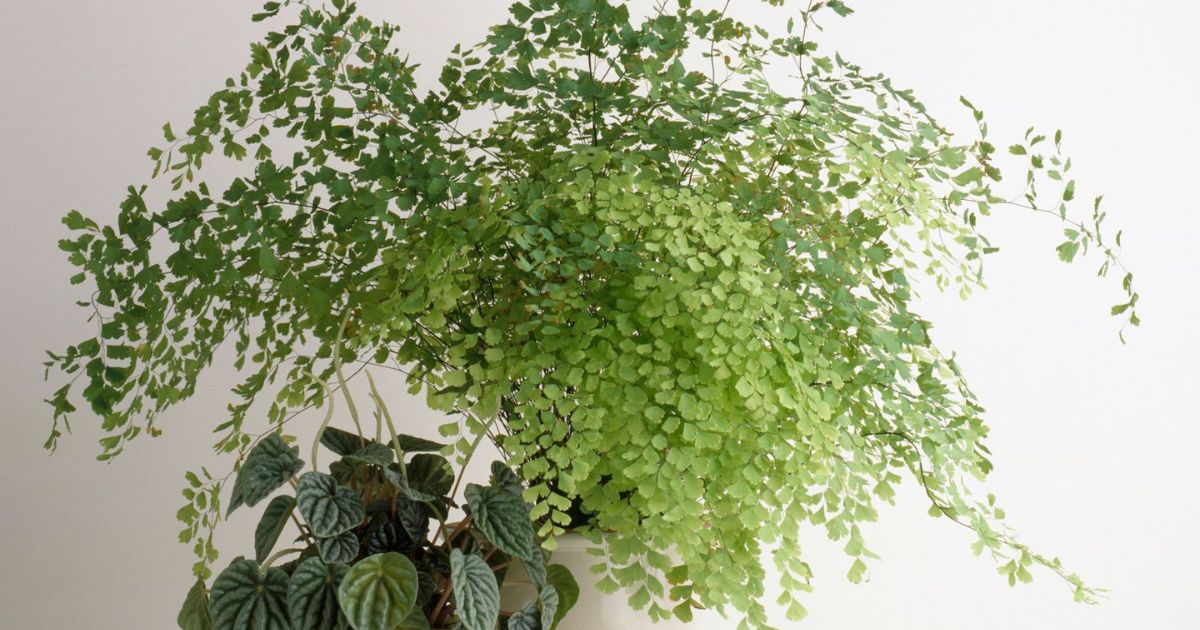Succulent plants need sunlight to thrive. These unique and water-storing plants, known for their fleshy leaves and striking appearances, require sunlight as a vital component for their growth. In order to maintain their distinctive shapes and vibrant colors, succulents depend on the right amount of sunlight.
Have you ever wondered, Do Succulent Plants Need Sunlight? The answer is a resounding yes. Sunlight is essential for these plants’ survival. But the key is finding the right balance – too much sunlight can harm them, while too little can lead to weak, etiolated growth. Delve into the specifics.
Succulent plants, such as cacti and echeverias, need sunlight to carry out photosynthesis and produce energy. They thrive in bright, indirect light or several hours of direct sunlight per day. It’s crucial to protect them from the scorching afternoon sun, which can cause sunburn. Understanding the light requirements of your succulents is crucial for their overall health and appearance.
How many hours of sunlight do succulents need?
Succulents typically need about 6 hours of indirect sunlight per day to flourish. This means placing them in a location with bright, filtered light rather than harsh, direct sun. However, it’s crucial to understand that the exact sunlight requirements may vary based on the type of succulent you have.
Some can tolerate more sun, while others are more shade-tolerant.
For those who prefer specifics, a general rule of thumb is to provide succulents with 4 to 6 hours of sunlight for optimal growth. If you’re growing them outdoors, you can consider morning sunlight, which is often gentler than the intense afternoon sun.
Do Succulents Need Direct Sunlight or Full Sun?
Succulents don’t necessarily need direct or full sun to thrive. In fact, many succulents can suffer when exposed to scorching, uninterrupted sunlight. It’s essential to strike the right balance. Full sun can be excessive, potentially causing sunburn or drying out the plants. Succulents generally do best with bright, indirect sunlight.
This means placing them in a location where they receive dappled sunlight or light filtered through a sheer curtain. If you’re wondering, bearded dragons eat succulents,‘ it’s important to ensure that the succulents are not accessible to your pet reptile, as many succulent plants can be toxic to them. Indoors, a south or west-facing window with a sheer curtain can provide the right amount of light. If you’re growing succulents outdoors, consider providing them with partial shade during the hottest part of the day to protect them from the harsh sun.”

How Much Light Do Indoor Succulents Need?
Indoor succulents need a good amount of light to thrive, but it doesn’t necessarily have to be direct sunlight. Placing your indoor succulents near a bright window is usually sufficient. Succulents can thrive in east, west, or south-facing windows, where they receive indirect sunlight.
If you notice your indoor succulents becoming leggy or stretching toward the light, it’s an indication that they may not be getting enough. In this case, consider providing supplemental light using grow lights. These artificial lights can mimic natural sunlight and help your indoor succulents stay healthy and vibrant.
Do Succulents Need Direct Sunlight?
While some succulents can handle direct sunlight, it’s not a universal requirement. In fact, many succulents can’t tolerate prolonged exposure to direct sunlight, which can lead to sunburn and damage. Succulents typically prefer bright, indirect sunlight, which is less intense and harsh on their leaves.
If you’re growing succulents outdoors in a hot climate, it’s essential to provide them with some shade during the hottest part of the day. This can be achieved through partial shading or using protective coverings. Understanding the specific light needs of your succulent species is crucial to their overall well-being.
What Succulents Don’t Need Sunlight?
While most succulents do require sunlight to some extent, there are a few exceptions. Some succulent species are adapted to thrive in low-light conditions, making them suitable for indoor spaces with limited natural light. The ZZ plant (Zamioculcas zamiifolia) and the snake plant (Sansevieria) are examples of succulents that can tolerate low-light environments.
These plants are an excellent choice for offices or rooms with minimal sunlight exposure.
Keep in mind that while these succulents can survive in low-light conditions, they may not grow as vigorously or display their best colors as they would with more light.
Signs That Your Succulent Needs More Sun
Succulents are excellent communicators when it comes to their light requirements. If your succulent is not getting enough sunlight, it will show signs of distress. Common signs that your succulent needs more sun include elongated, leggy growth, pale or faded leaves, and a lack of vibrancy in color.
These are clear indicators that your succulent is not receiving the right amount of light.
If you notice any of these signs, consider moving your succulent to a location with more sunlight, either indoors or outdoors, depending on the plant’s placement.
Different Light Requirements For Succulents
Succulents come in a wide variety of species, each with its unique light requirements. To make it easier for you to understand these diverse needs, here’s a table summarizing some common succulent types and their preferred lighting conditions:
| Succulent Type | Light Requirement |
| Echeveria | Bright, indirect sunlight |
| Sedum | Full sun to partial shade |
| Haworthia | Bright, indirect sunlight |
| Aloe | Bright, indirect sunlight |
| Jade Plant (Crassula) | Bright, indirect sunlight |
| Sansevieria | Low to bright, indirect sunlight |
| ZZ Plant | Low to bright, indirect sunlight |
Understanding these different light preferences is crucial for the successful cultivation of your succulents. Tailoring the light conditions to match your specific succulent’s needs will ensure that they remain healthy and vibrant.
FAQ’s
How often should I water my succulents?
Succulents should be watered sparingly, allowing the soil to dry out between waterings.
Can I grow succulents in low-light conditions?
While some succulents can tolerate low light, they generally thrive in bright, indirect sunlight.
Do succulents need a specific type of soil?
Succulents prefer well-draining soil, such as a mix designed for cacti and succulents.
What are signs of overwatering succulents?
Overwatering can cause rot, and signs include wilting, yellowing leaves, and a mushy stem.
Conclusion
In the realm of succulent care, it’s clear that sunlight is a critical factor. Succulents need just the right amount of light, not too much and not too little. Understanding the unique requirements of your succulent species and adjusting their lighting conditions accordingly is the key to their success. So, whether you’re nurturing these resilient plants indoors or outdoors, be mindful of their need for bright, indirect sunlight and protect them from the scorching sun.
With the right balance of light, your succulents will flourish, showcasing their vibrant colors and intriguing forms. Keep an eye on their visual cues, adjust as needed, and your succulents will reward you with their remarkable beauty, making them a delightful addition to your plant collection. Happy succulent gardening.










